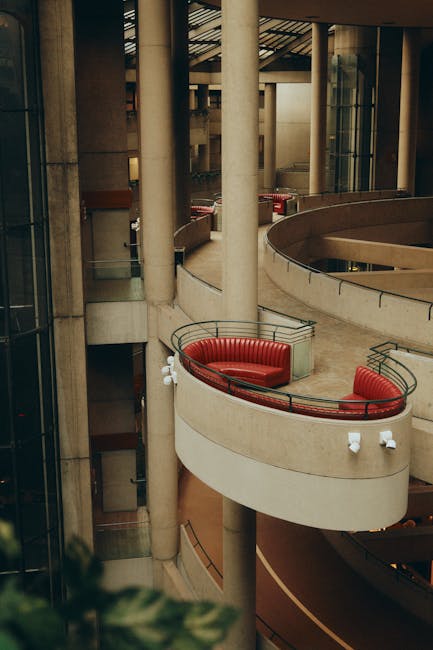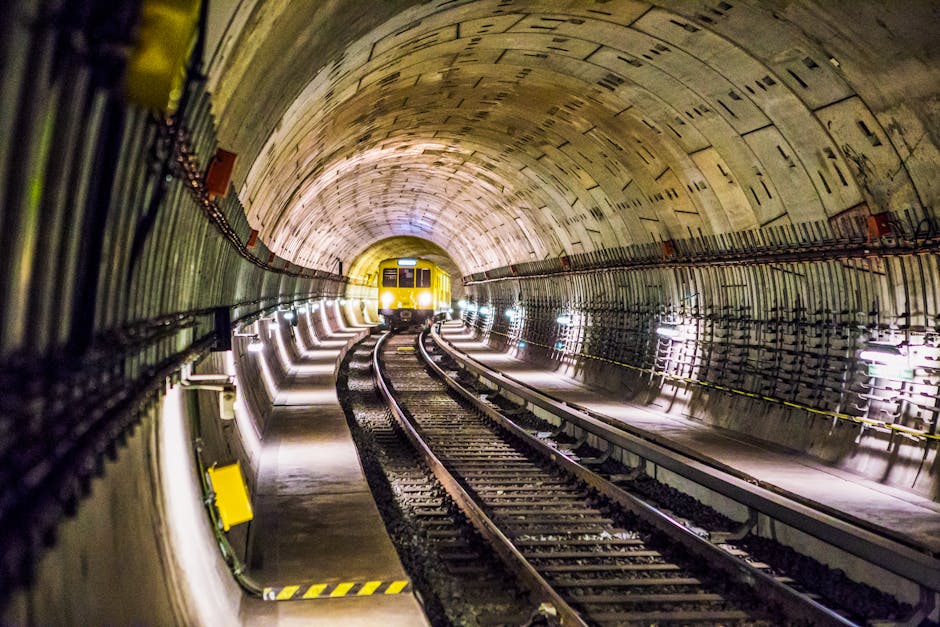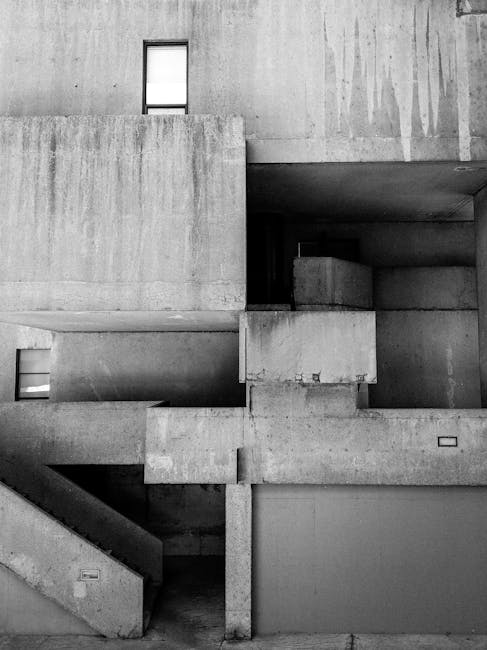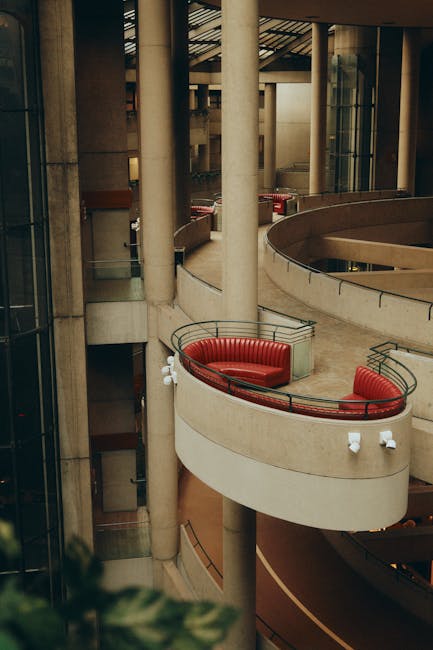Brutalism: A Deep Dive into the Controversial Architectural Style – The Brutalist Wiki Explained
Brutalism, a term often met with strong reactions—either fervent admiration or outright disdain—represents a significant chapter in 20th-century architecture. This style, characterized by its imposing forms, raw concrete surfaces, and often monumental scale, continues to fascinate and provoke debate. Understanding Brutalism requires more than just a cursory glance at its visual characteristics; it necessitates exploring its historical context, its design principles, and its lasting legacy. This article aims to serve as your comprehensive guide, functioning effectively as a ‘Brutalism Wiki’ to help you navigate this complex and compelling architectural movement.

Origins and Influences: Tracing the Roots of Brutalism
The term ‘Brutalism’ derives from the French word ‘béton brut,’ meaning ‘raw concrete.’ This aptly describes the style’s defining material, employed extensively in its unadorned, often unfinished state. While the use of exposed concrete was certainly a key characteristic, Brutalism wasn’t solely about aesthetics. It was deeply rooted in social and political ideals emerging from post-war Europe.
Influenced by the modernist movement’s focus on functionality and social responsibility, Brutalists sought to create buildings that were both practical and expressive. Key influences included Le Corbusier’s work, particularly his emphasis on reinforced concrete as a primary building material and his exploration of modular design. The post-war era’s need for mass housing and public infrastructure provided the perfect context for Brutalism’s rise, offering architects an opportunity to address pressing social needs through innovative design.
Key Figures and Their Contributions
Several architects played pivotal roles in shaping the Brutalist style. Le Corbusier, though not solely a Brutalist, profoundly impacted its development. Other prominent figures include:

- Alison and Peter Smithson: Known for their pioneering work at Hunstanton School, they are considered crucial in defining the British Brutalist movement, emphasizing the social aspects of architecture.
- Erno Goldfinger: A controversial figure, Goldfinger’s designs, such as the Trellick Tower, are iconic examples of the style, showcasing its imposing scale and sometimes divisive aesthetic.
- Paul Rudolph: Known for his bold and expressive Brutalist designs in the United States, Rudolph pushed the boundaries of the style, creating dynamic and complex forms.
- Kenzo Tange: His work in Japan exemplifies how Brutalism adapted to different cultural contexts, demonstrating its versatility beyond European origins.
Defining Characteristics of Brutalist Architecture
While variation exists within Brutalism, several key features consistently appear:
- Massive Scale and Monumentality: Brutalist structures often project an aura of imposing grandeur, sometimes criticized for their overwhelming scale.
- Exposed Concrete: The raw, unfinished texture of exposed concrete is a defining element, often left unpainted to showcase its natural properties.
- Geometric Forms: Simple, geometric forms, frequently characterized by repetition and modularity, dominate Brutalist designs.
- Repetitive Modular Elements: The use of repeated modules allows for efficient construction and creates a sense of rhythm and pattern in the design.
- Textured Surfaces: The rough, textured surfaces of the concrete contribute to the raw and unpolished aesthetic.
- Functionalism: Brutalism prioritizes functionality, though this isn’t always evident in the more expressive and artistic interpretations of the style.
The Legacy and Criticism of Brutalism
Brutalism’s legacy is complex and multifaceted. While initially praised for its social ambition and innovative use of materials, the style has also attracted significant criticism. The sheer scale of some Brutalist structures has been condemned for creating oppressive and isolating environments. The perceived coldness and harshness of the exposed concrete have led to accusations that Brutalist buildings lack human warmth and connection.

Furthermore, the often-unsuccessful attempts at integration with surrounding landscapes and the perceived lack of ornamentation have contributed to negative perceptions. The high cost of maintaining Brutalist structures and the challenge of adapting them to contemporary needs have also added to the criticism.
Modern Reappraisal and Preservation Efforts
Despite the criticism, there’s been a growing reappraisal of Brutalism in recent years. Architectural historians and enthusiasts are beginning to recognize the significant achievements of Brutalism, highlighting its bold aesthetic and its underlying social intentions. Many Brutalist buildings, once slated for demolition, are now undergoing restoration and preservation efforts. The recognition of their historical and architectural significance has fueled a renewed appreciation for this controversial style.
Exploring the ‘Brutalism Wiki’ Concept
This article seeks to function as a comprehensive resource, much like a dedicated ‘Brutalism Wiki’ page. Further research into specific buildings, architects, and related movements can be undertaken using the resources listed below. This includes delving into case studies of successful and unsuccessful Brutalist projects, examining the social and environmental impact of the style, and considering its evolution and influence on subsequent architectural movements.
Conclusion: A Style of Contradictions
Brutalism, in all its complexity, remains a fascinating and controversial architectural style. Its legacy is one of both admiration and condemnation, reflecting the inherent tensions between its social aspirations and its sometimes harsh aesthetic realities. Understanding Brutalism requires a careful examination of its historical context, its design principles, and its impact on the built environment. While criticism persists, the renewed interest and preservation efforts indicate a growing recognition of Brutalism’s unique and lasting contribution to architectural history.

